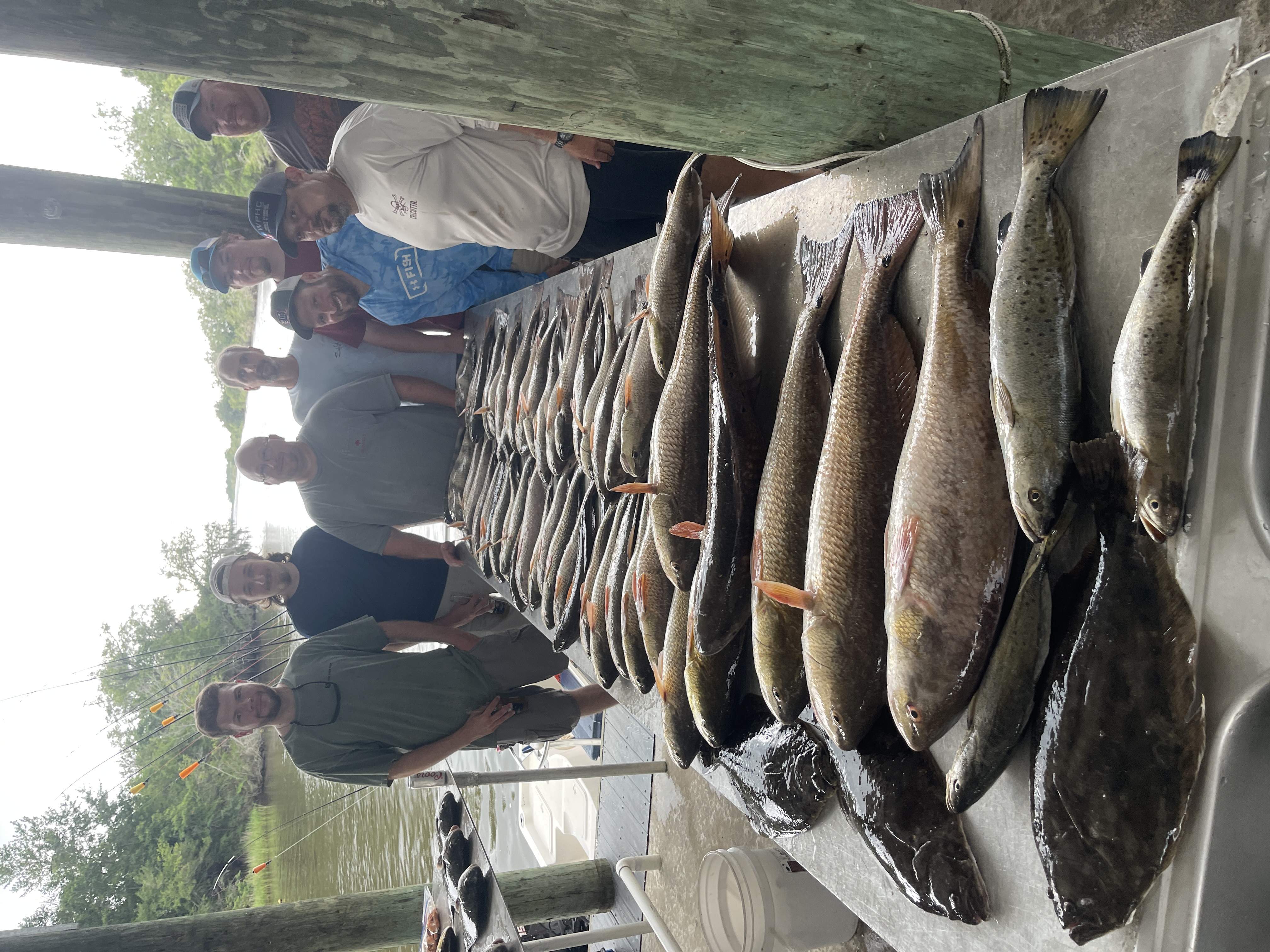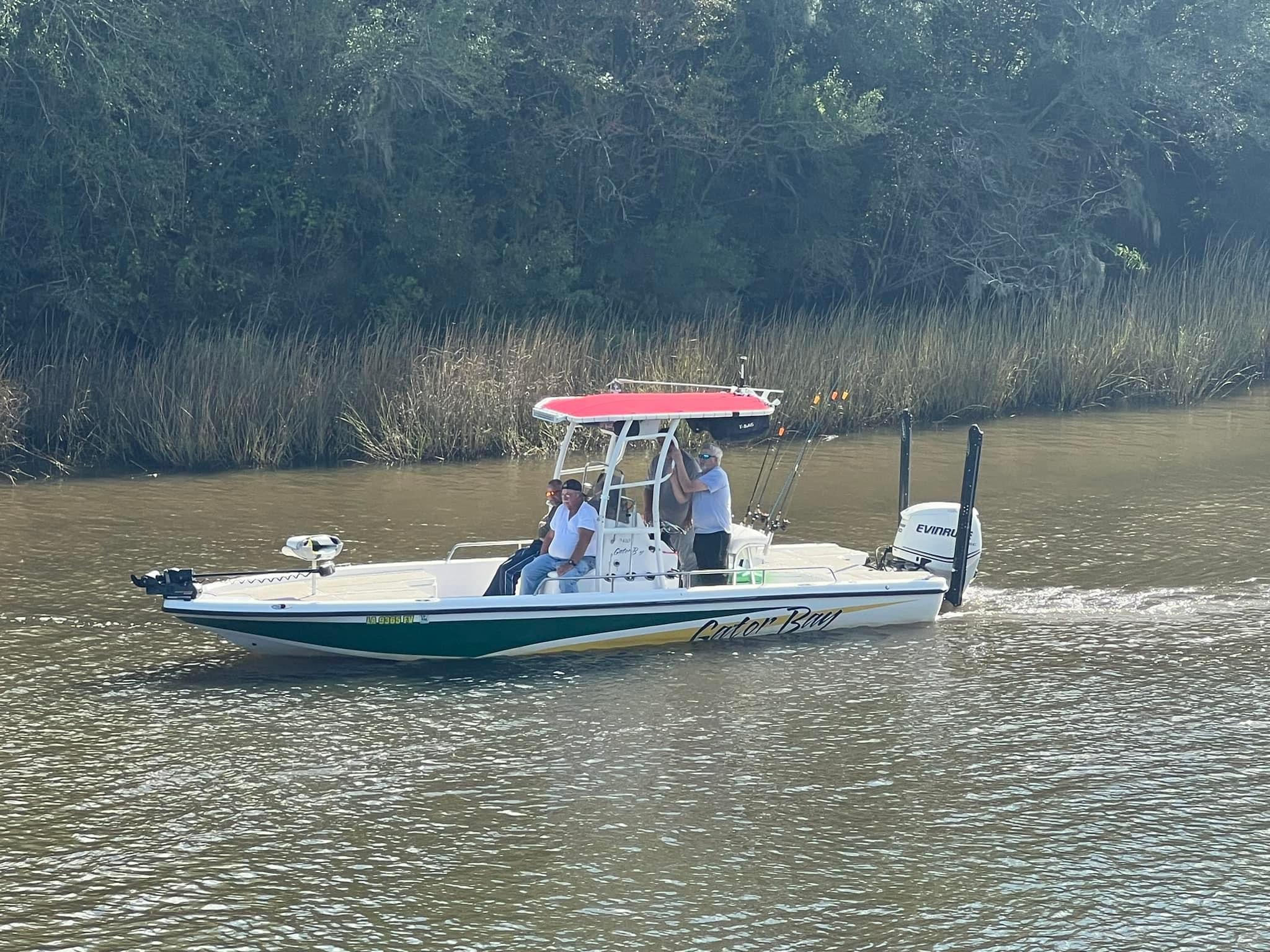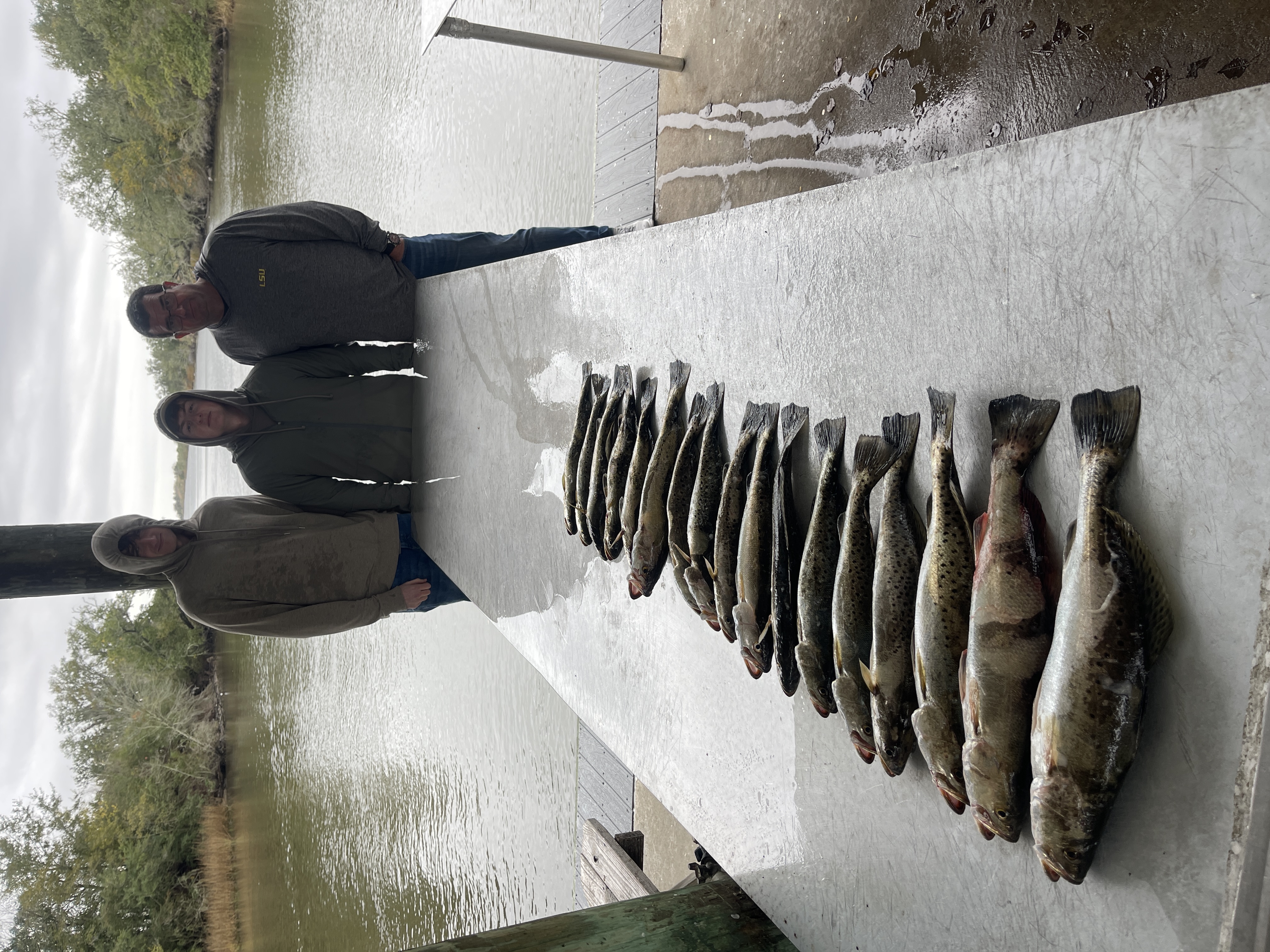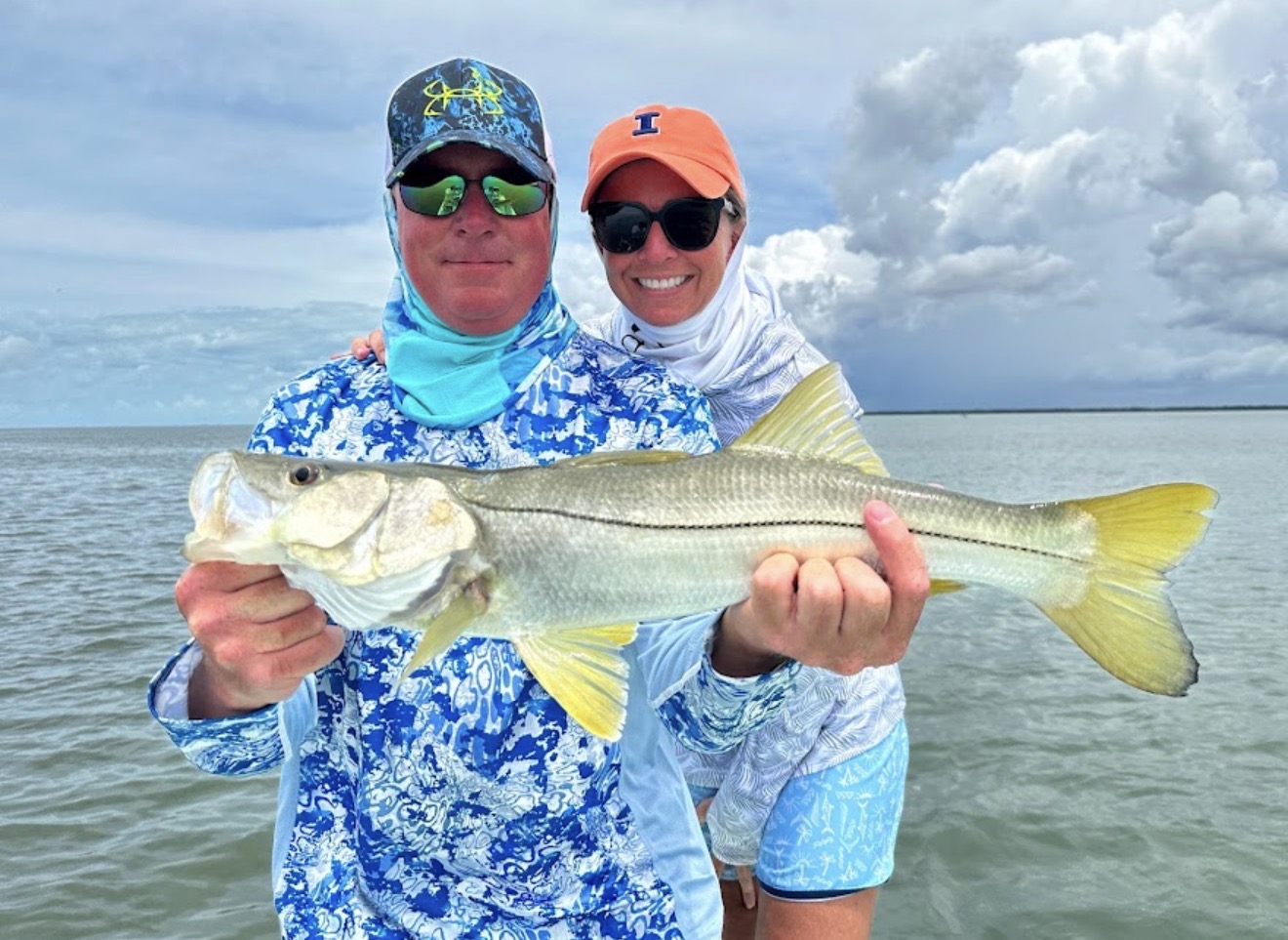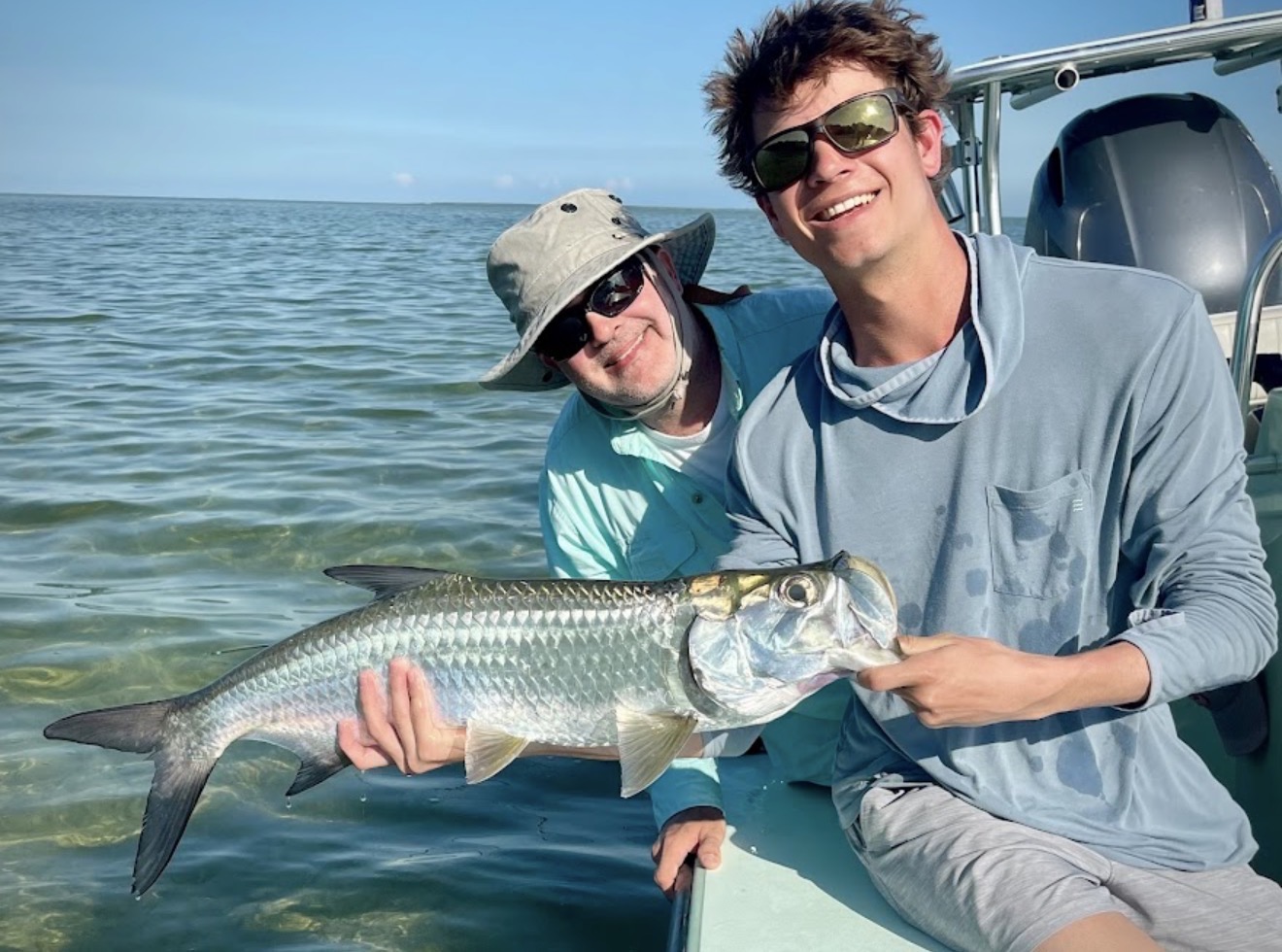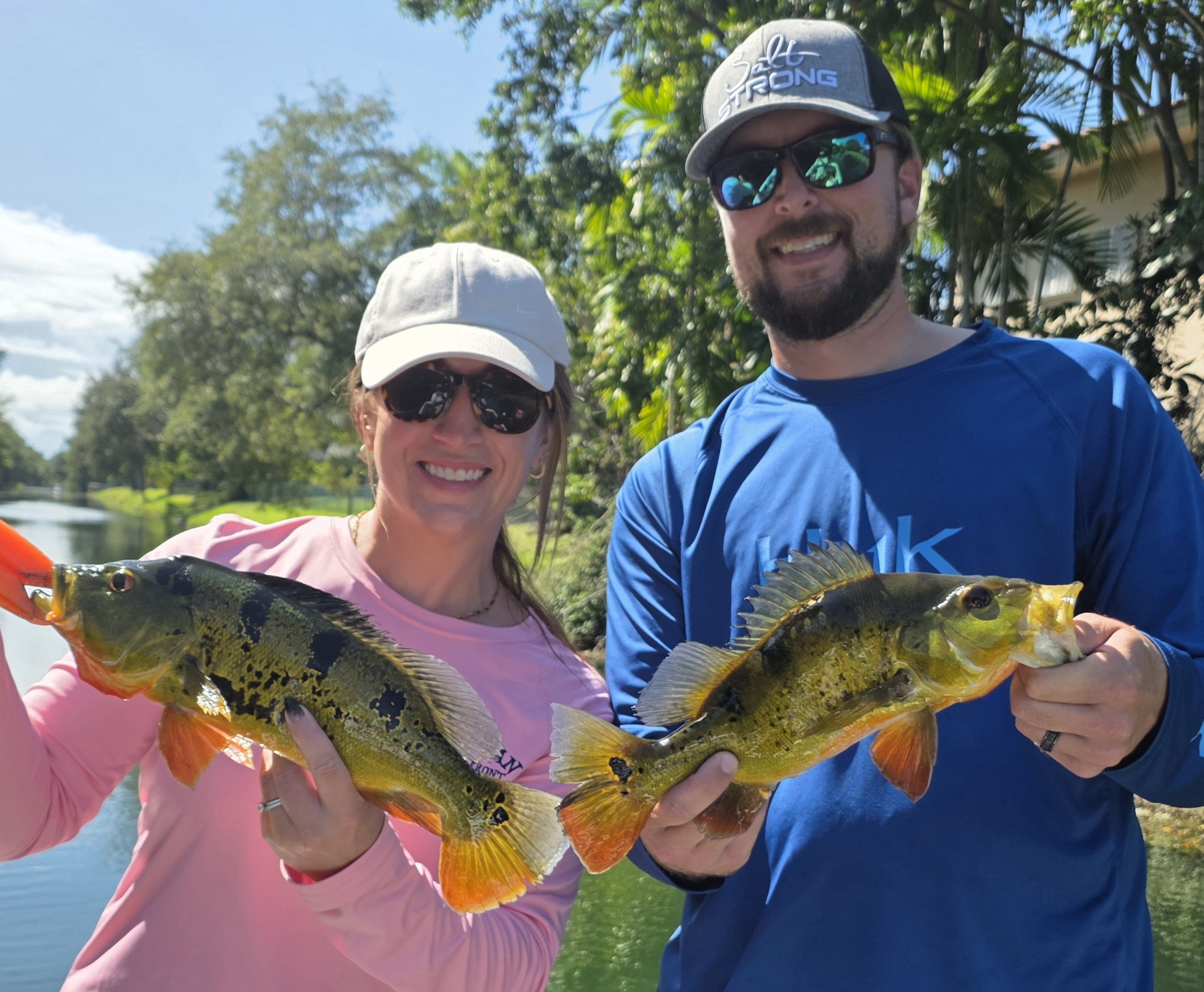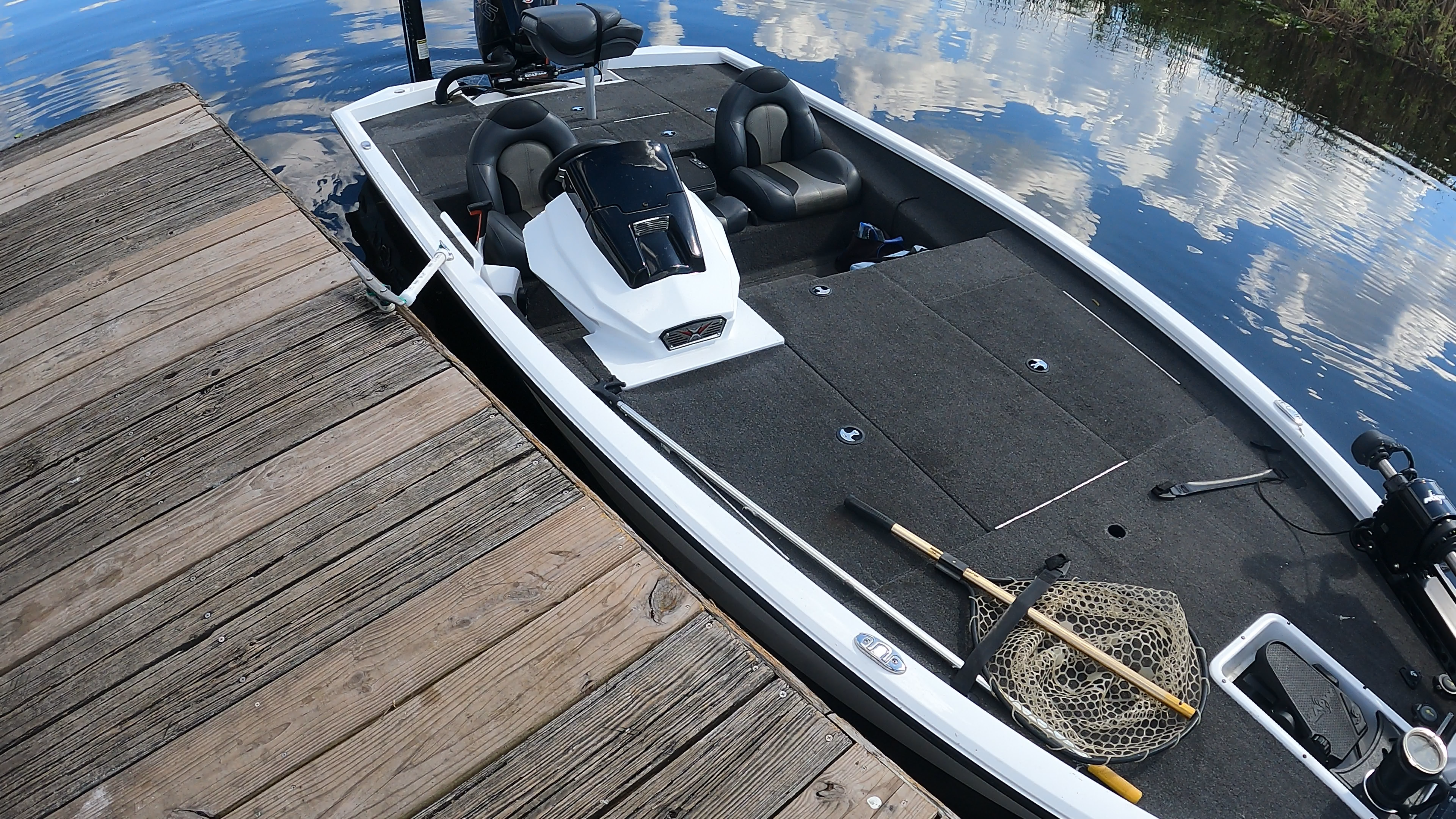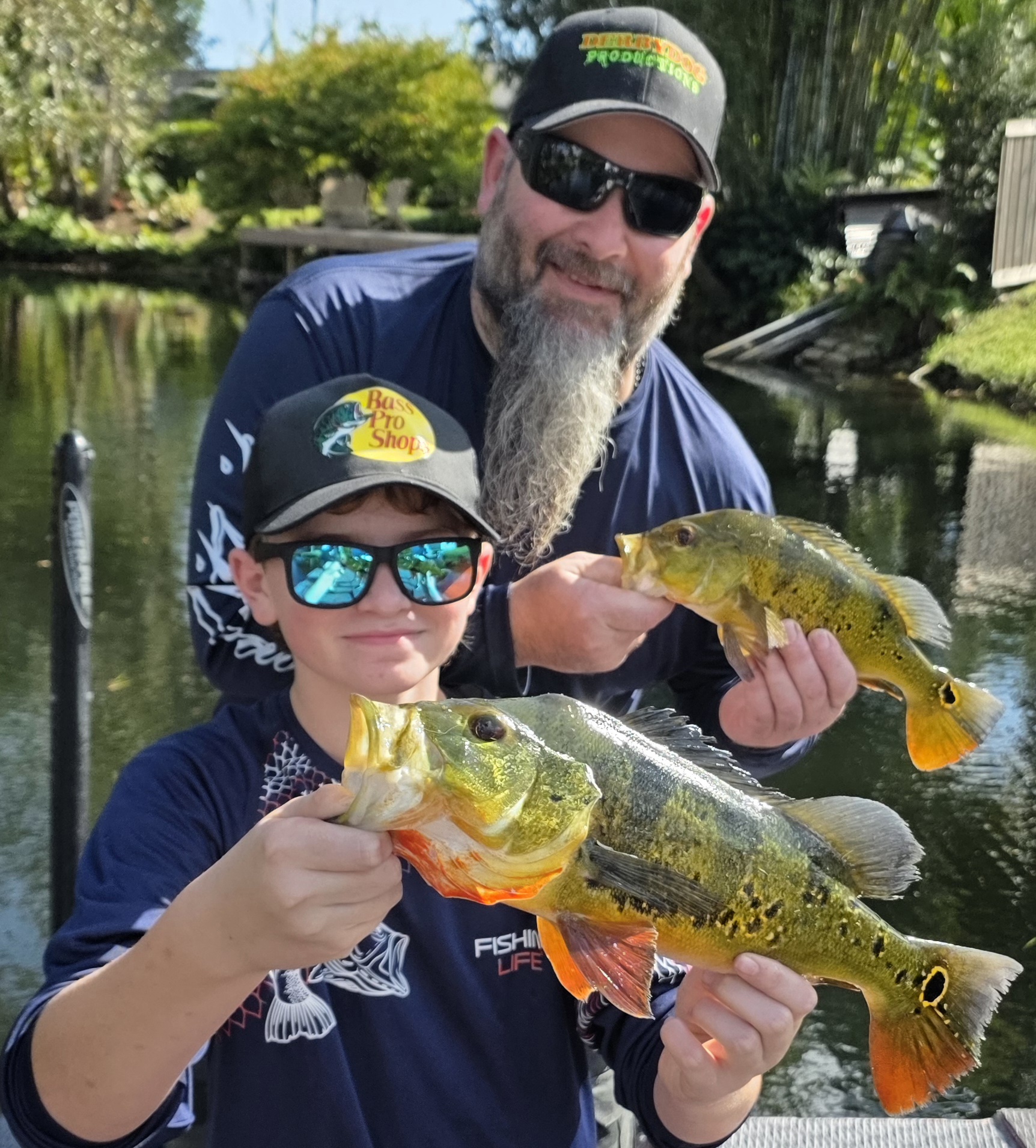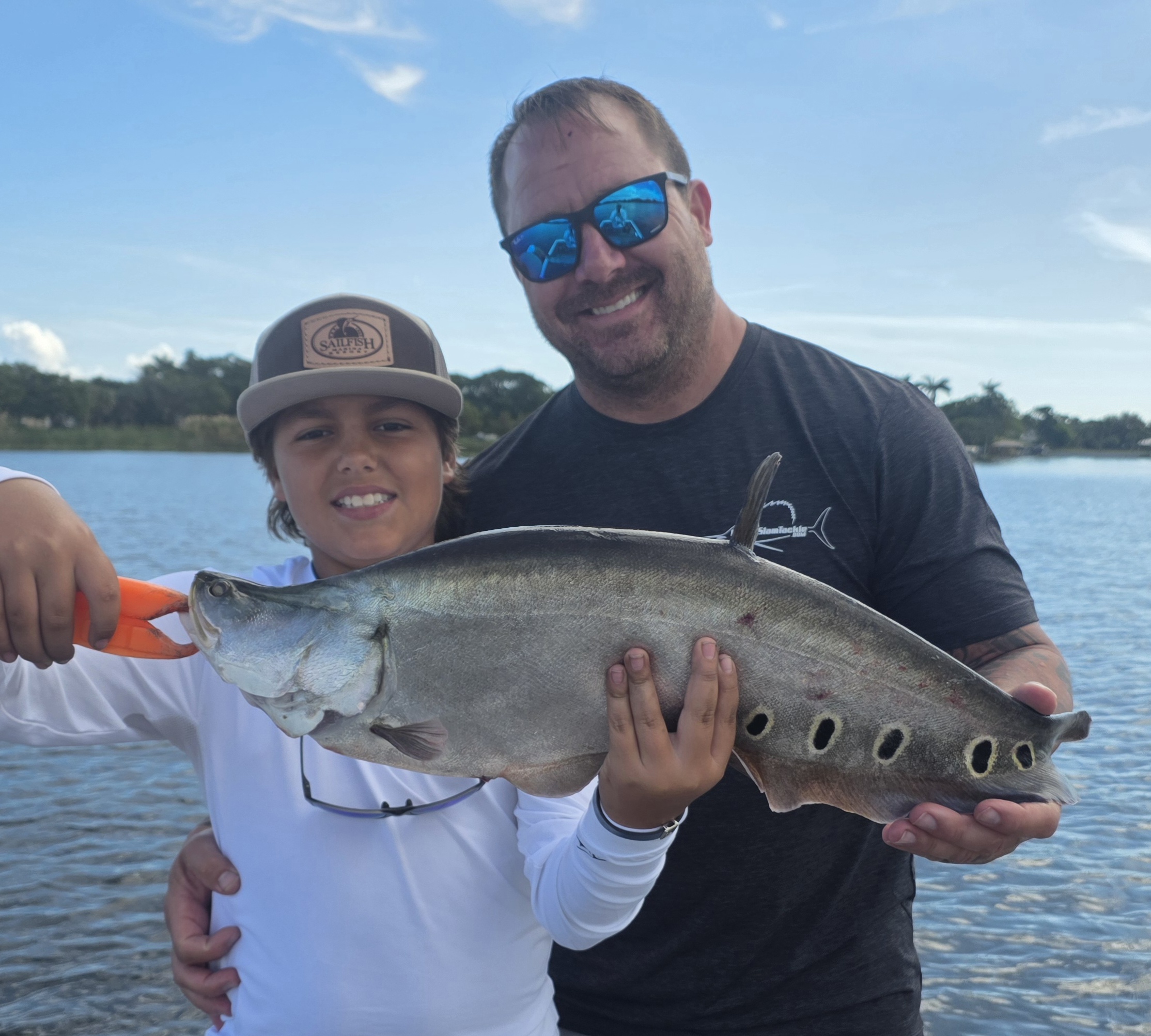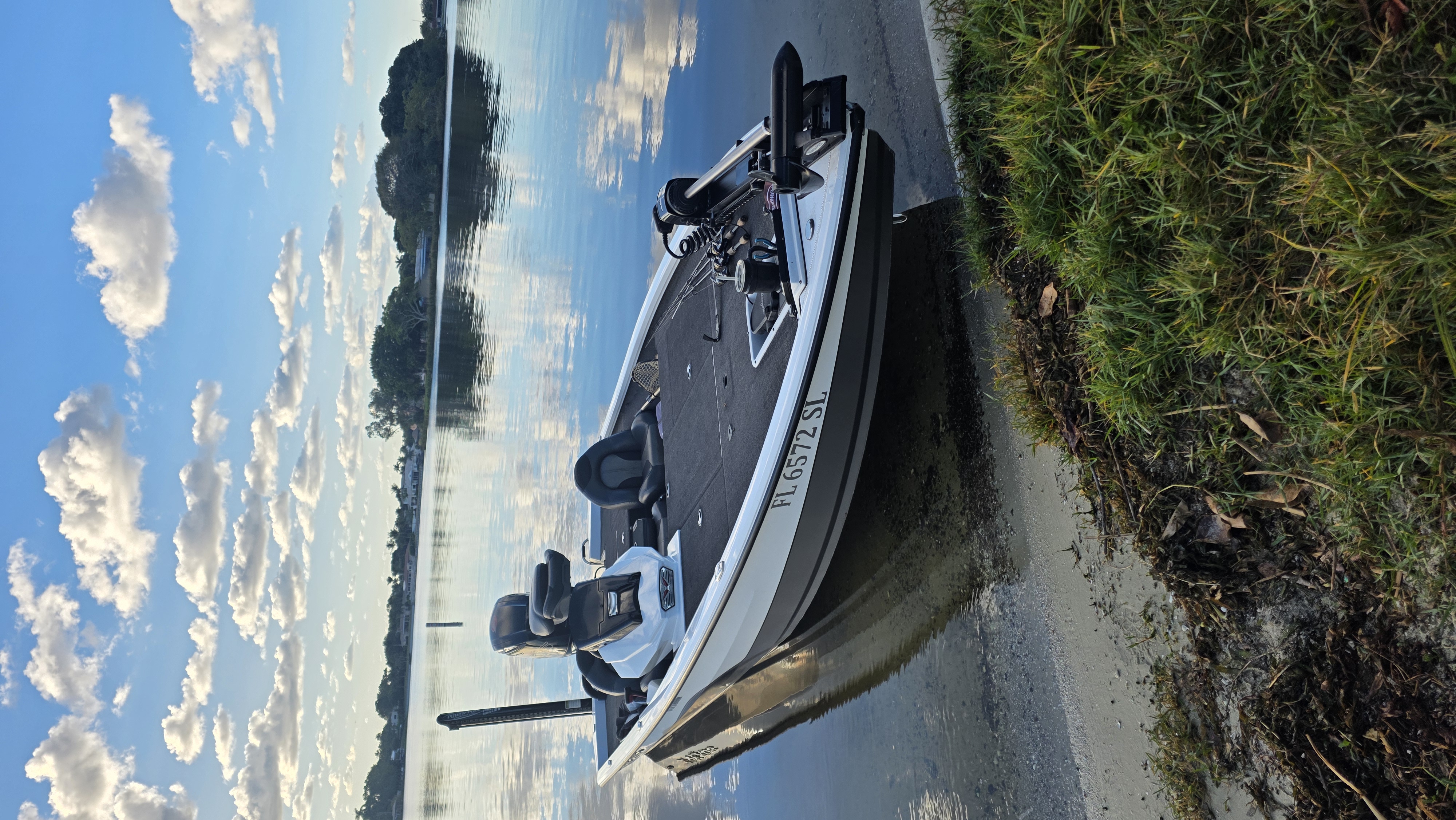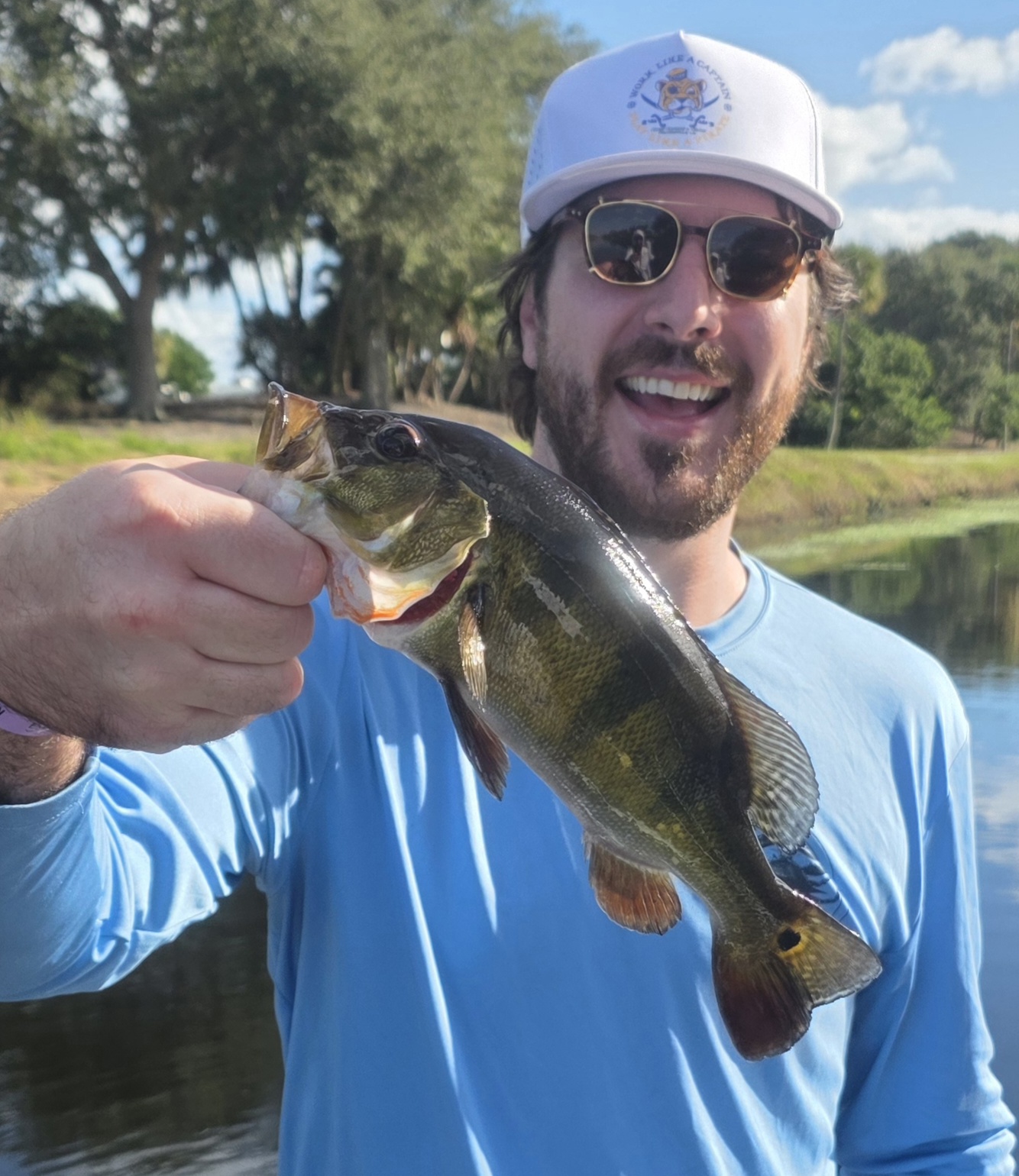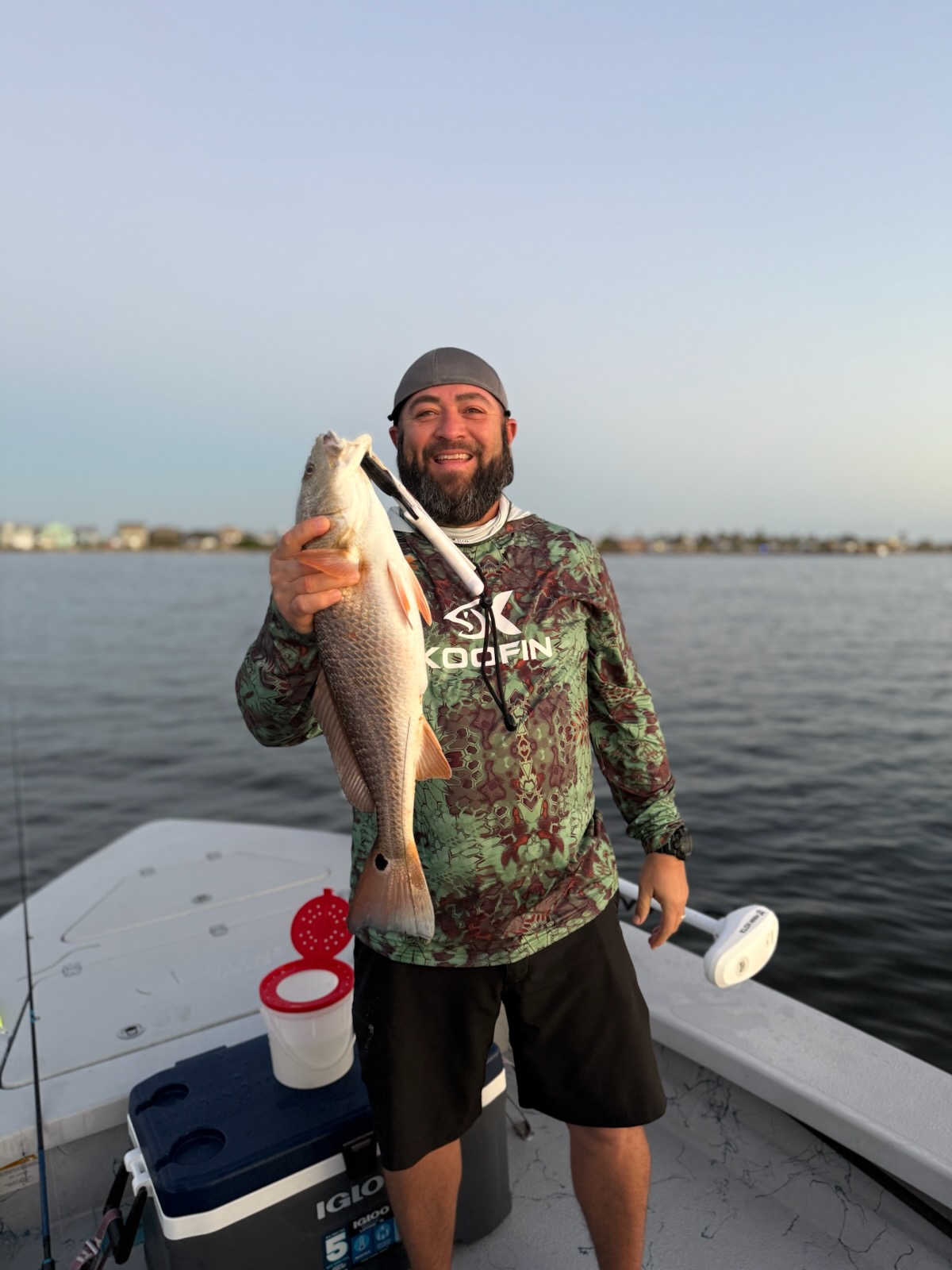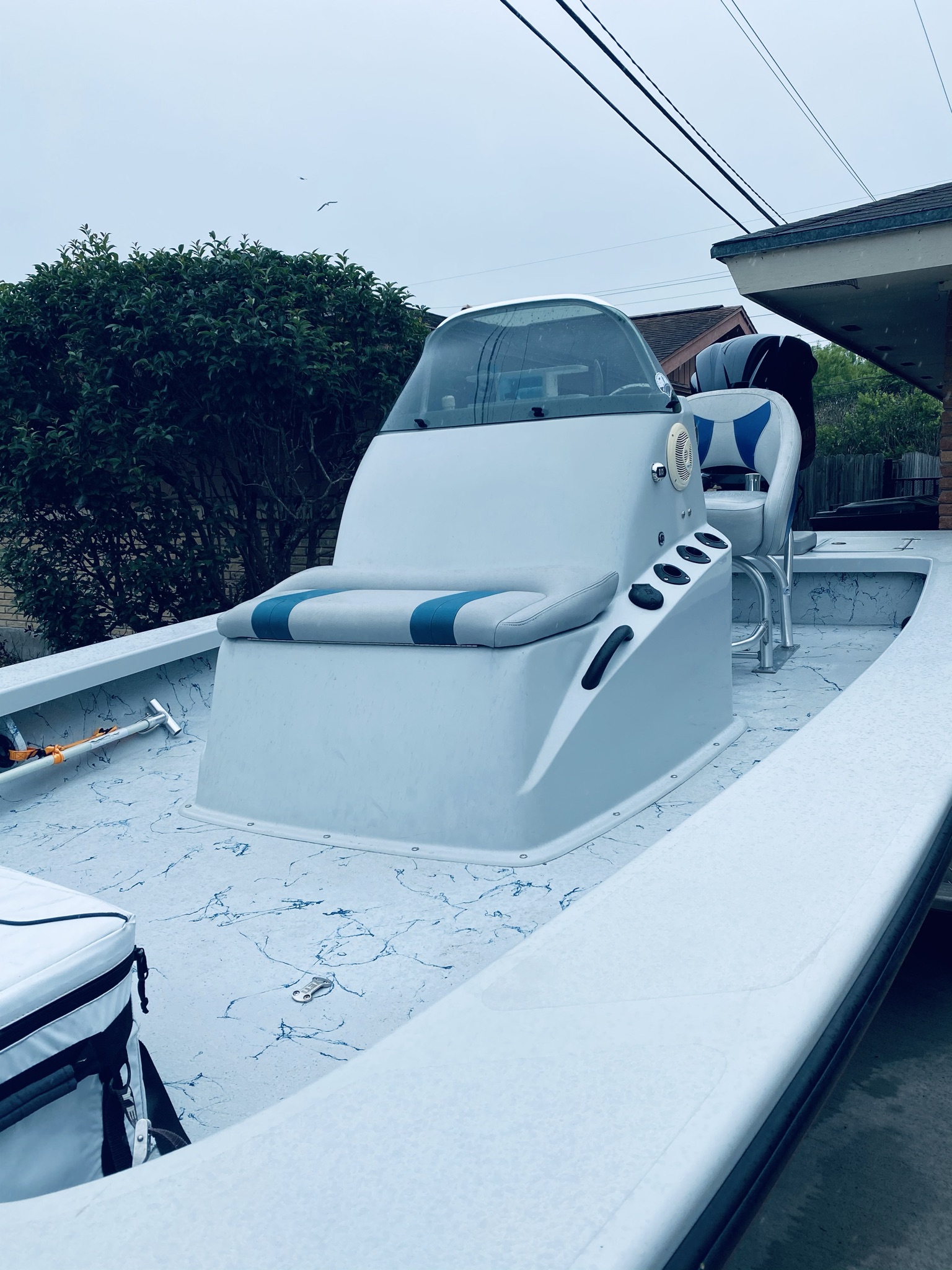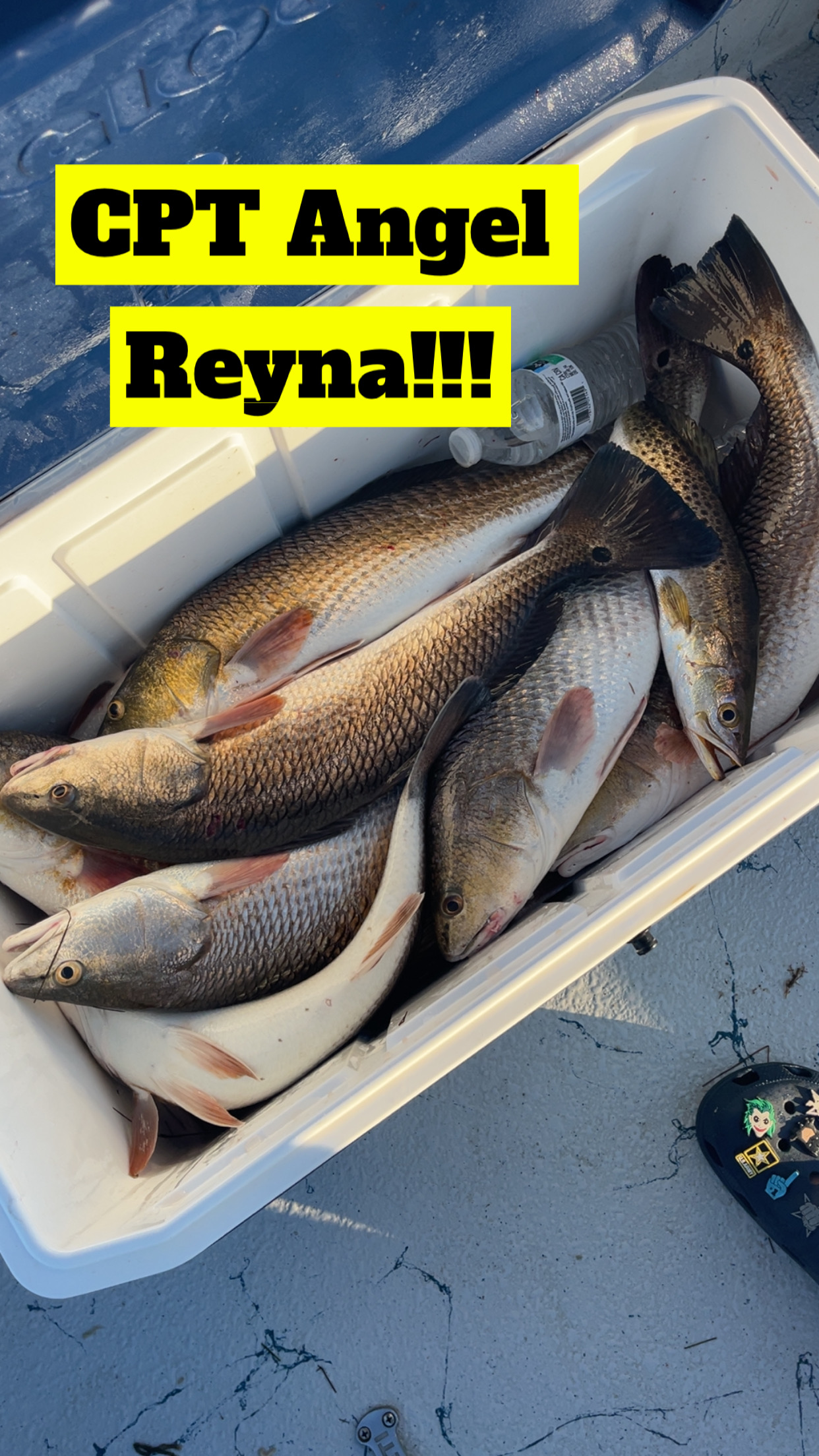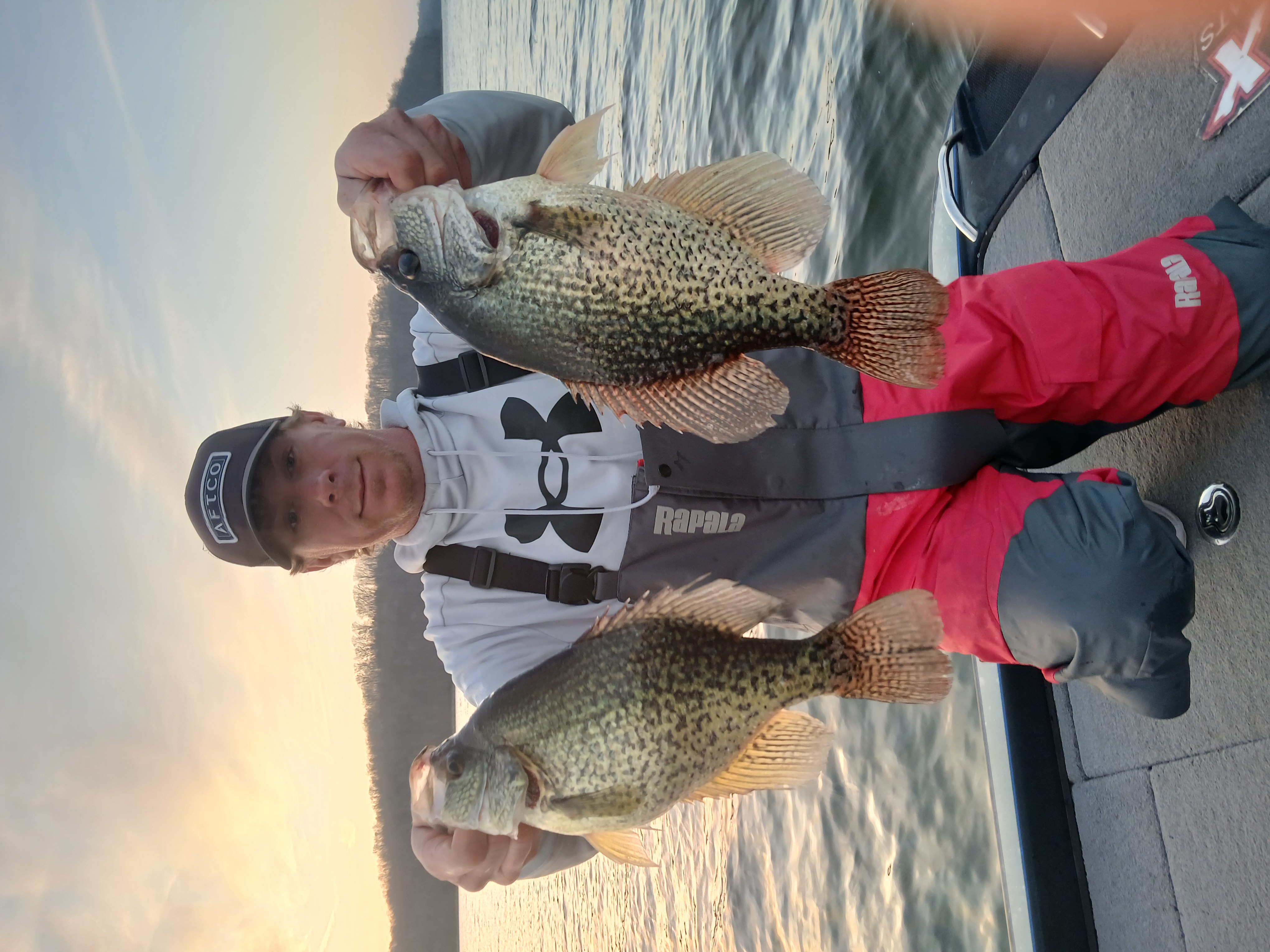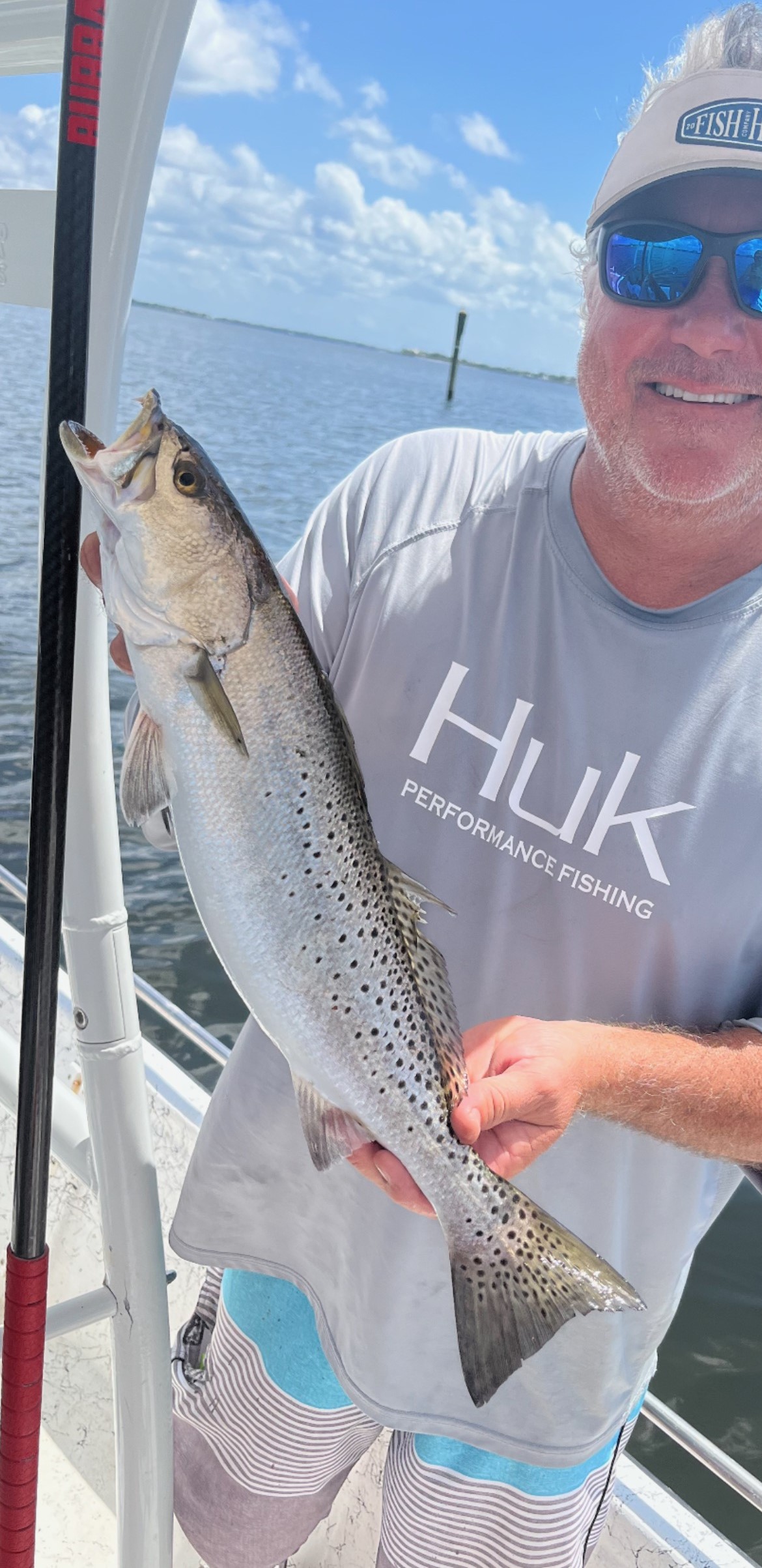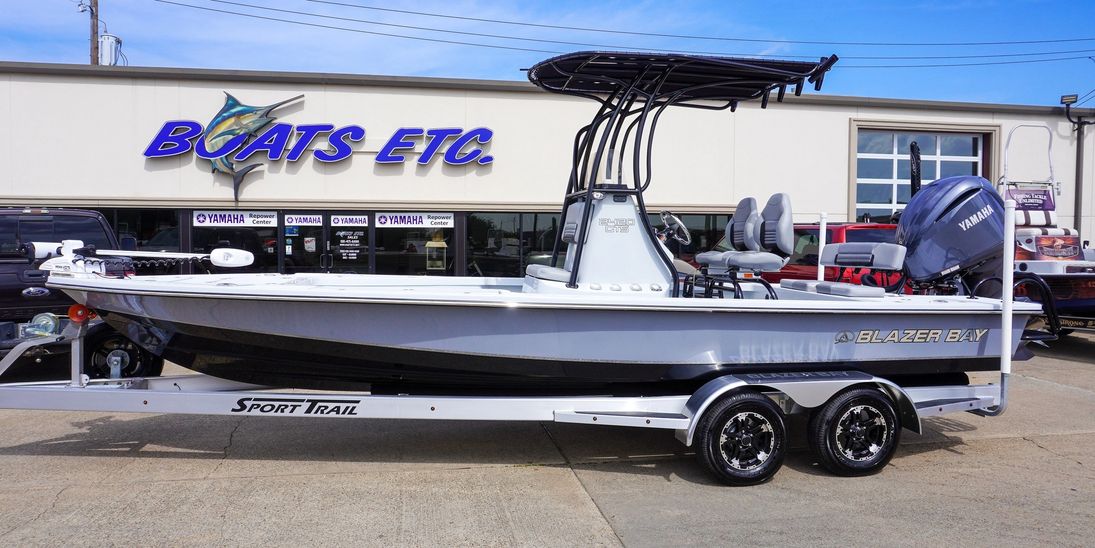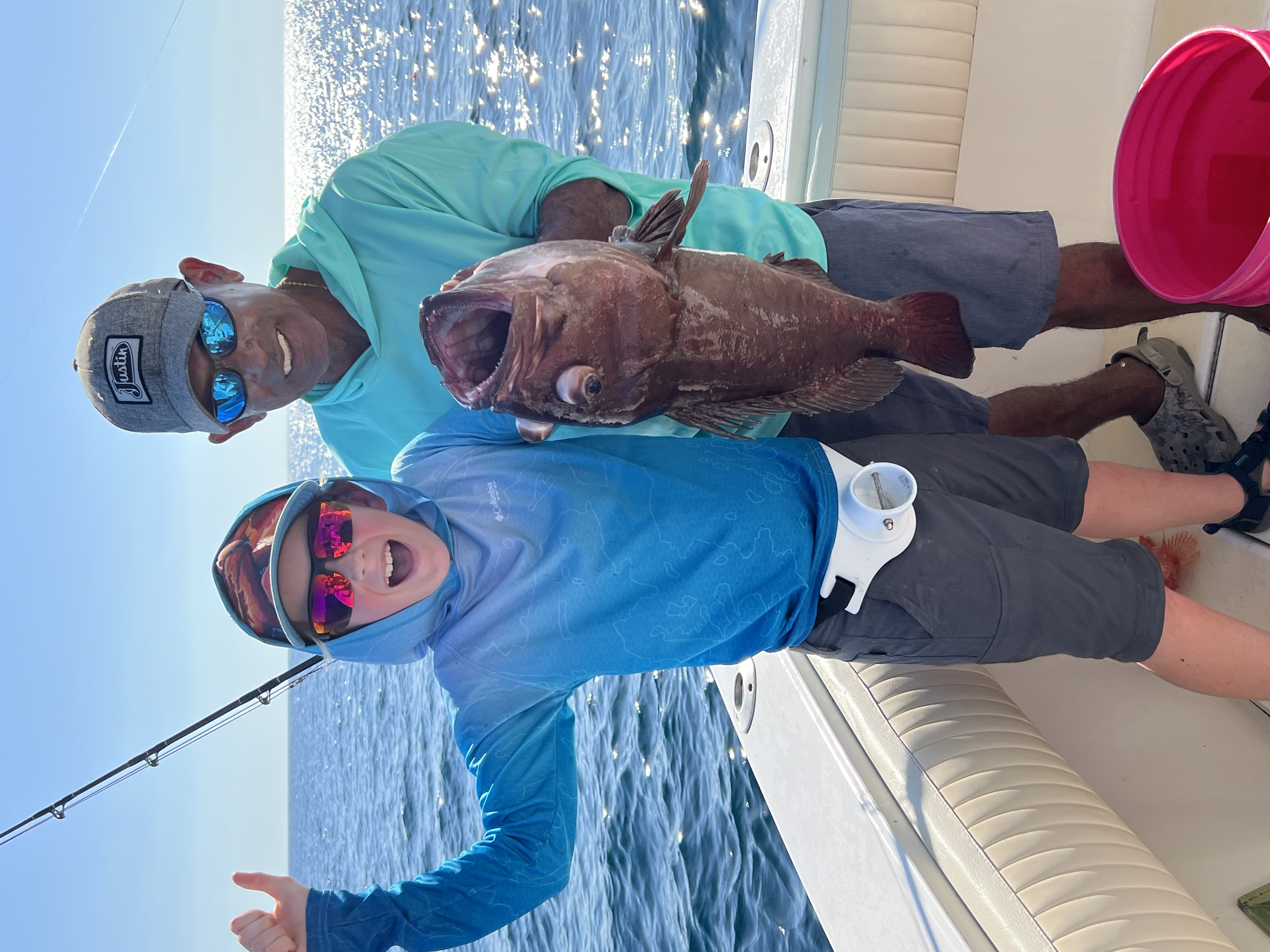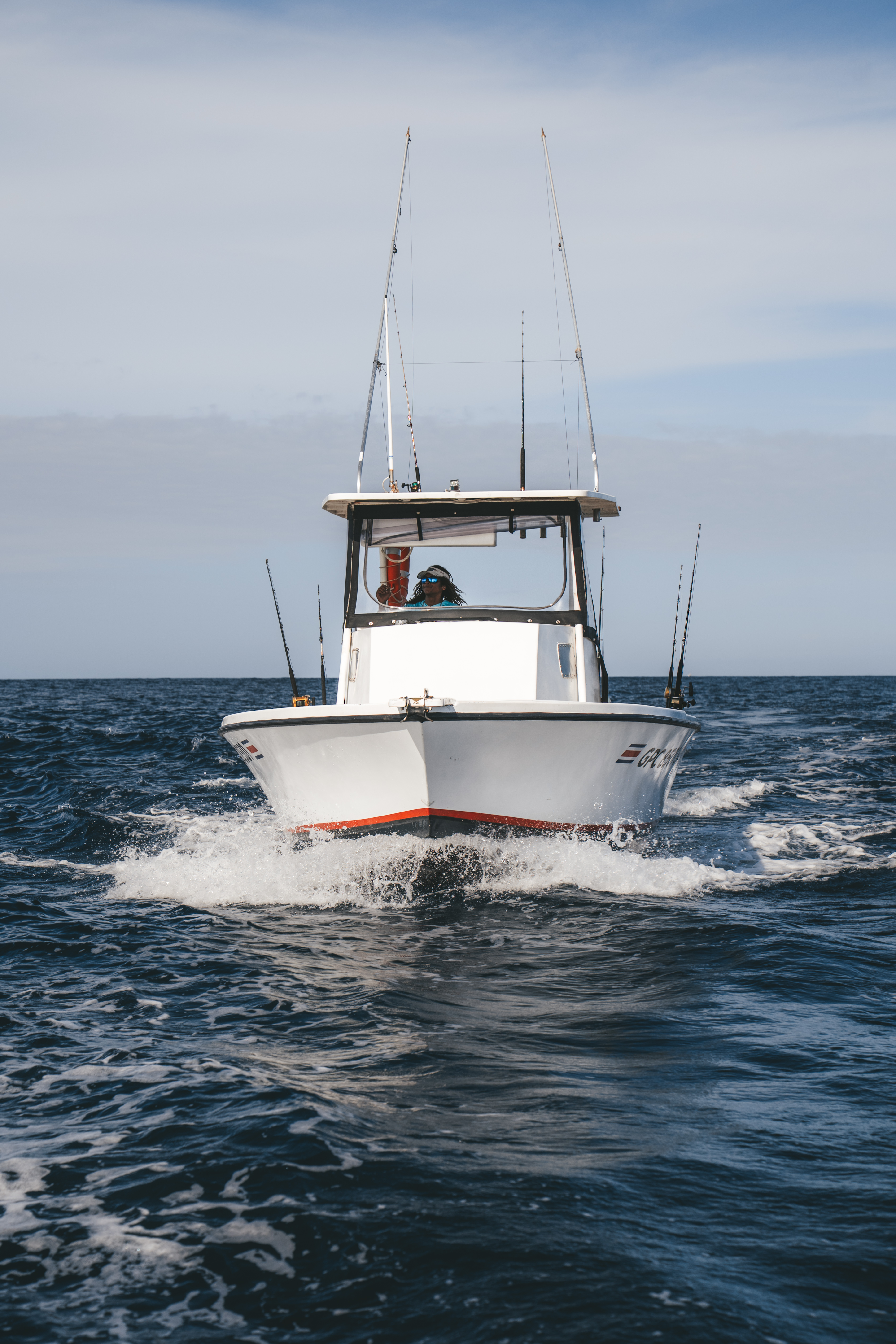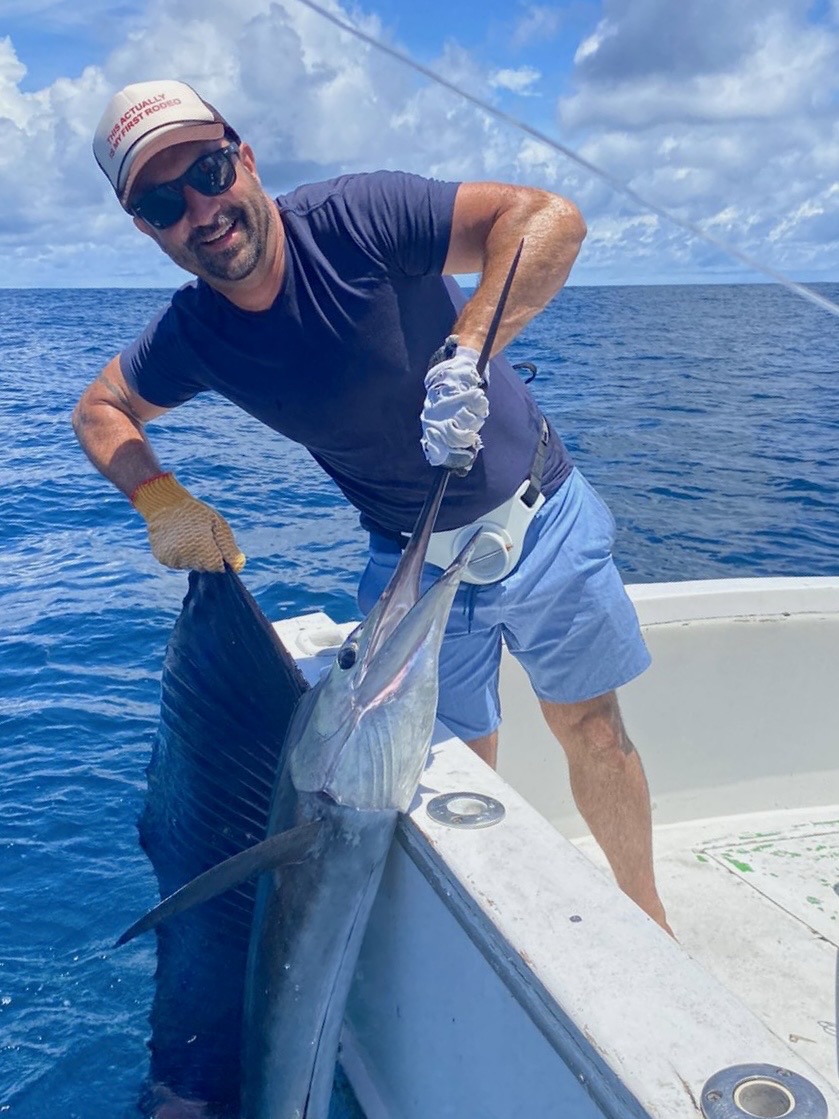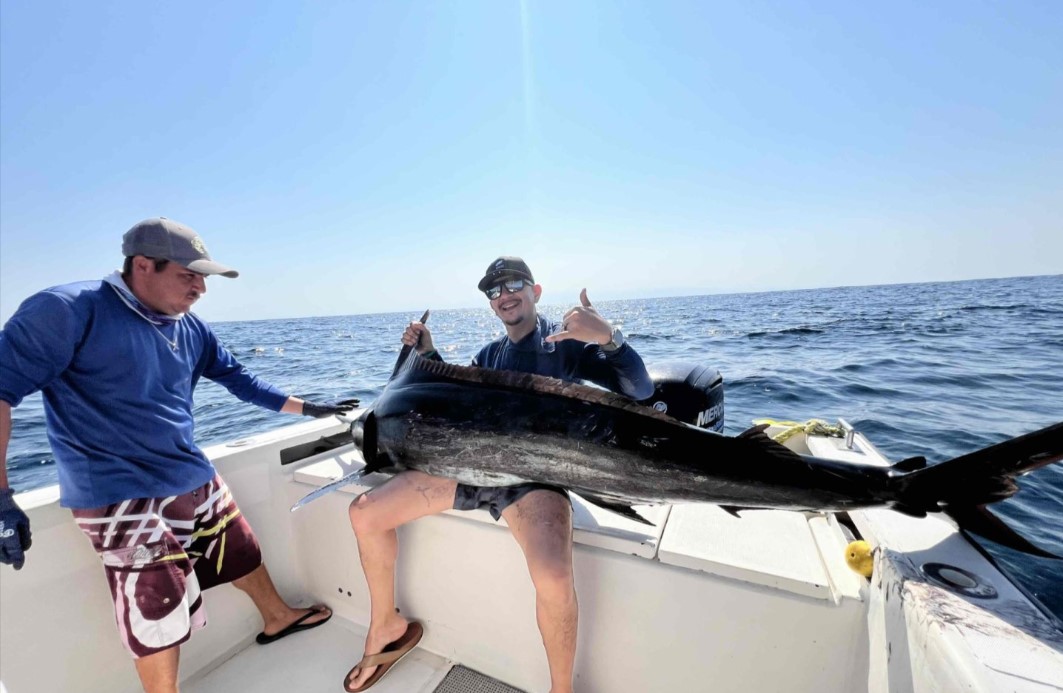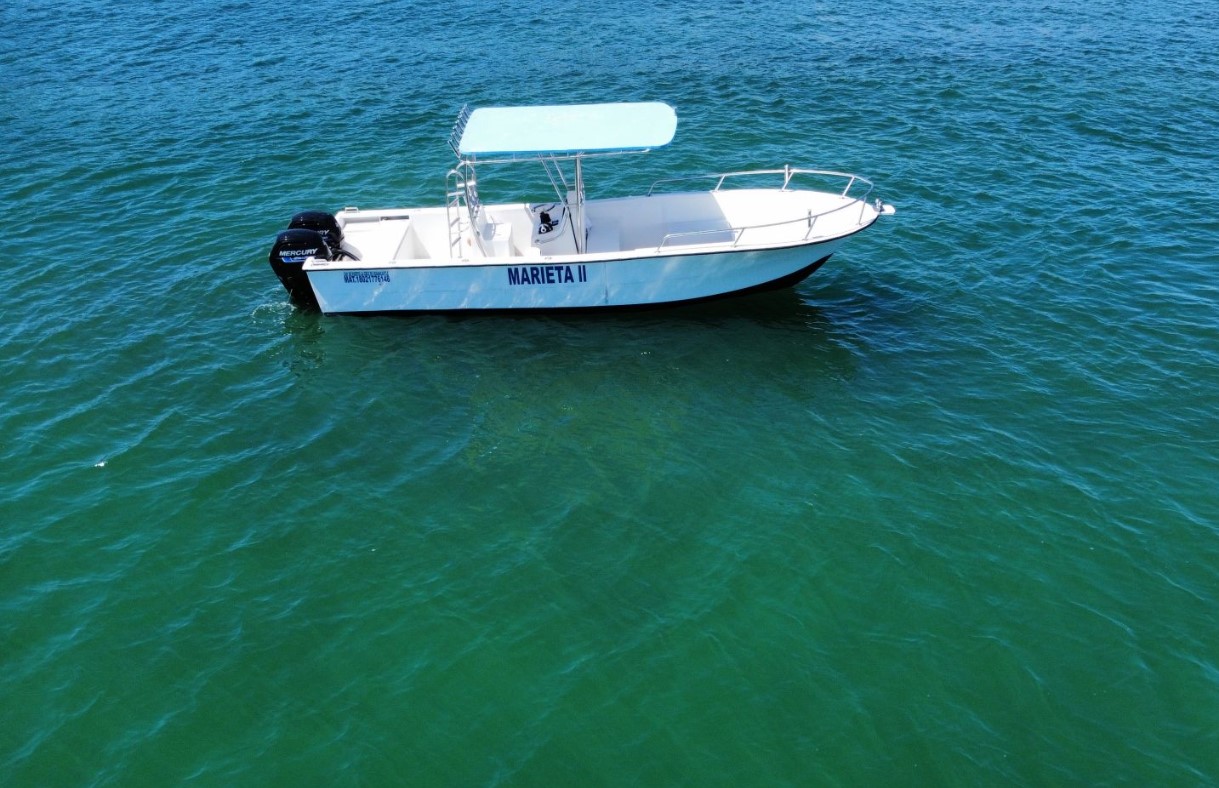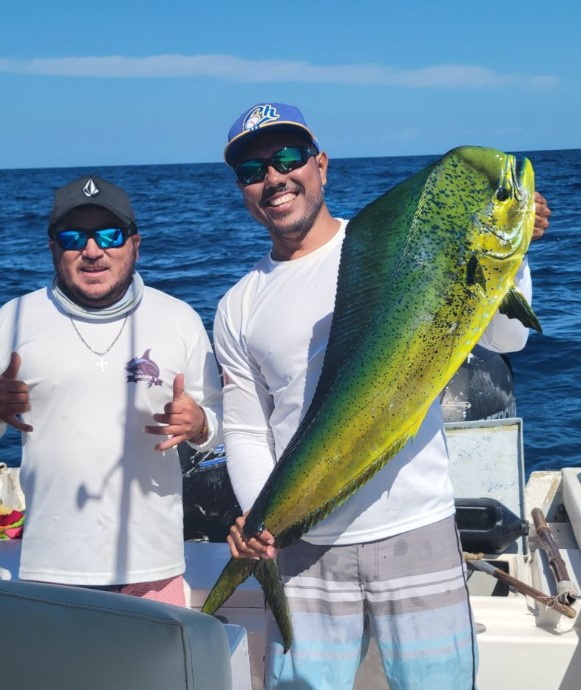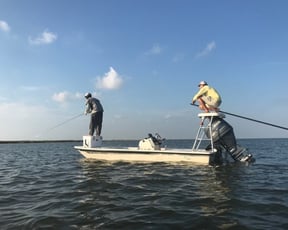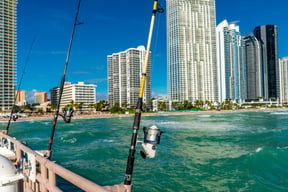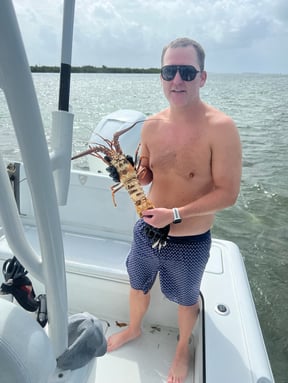Inshore, Lake, Flats in Saint Bernard
Winter Special
Inshore, Nearshore, Flats in Tavernier
Sight Fishing Everglades Natl Park
Miami Peacock (4-8HR)
Lake Ida (4-8HR)
Inshore Fishing in Corpus Christi
Hook, Line & Memories Fishing Trip
Normandy Livescope Crappie Trip
Inshore, Nearshore Fishing in Orange Beach
Spring Break 6 Hour Special Rate
Inshore Fishing Sanibel PineIsland
Inshore, Deep Sea, Nearshore in Tamarindo
27’ Budget-Friendly Fishing
Deep Sea Fishing in Corral del Risco
5-8 Hour Offshore Trip
We started Captain Experiences to make it easy to book fishing and hunting guides around the world. With over 2,000 Damn Good Guides, our platform makes finding and booking a trip seamless. Head here to check out our trips.
Lake Fork
Lake Fork has been a prominent bass fishing lake for both recreational and professional anglers for decades. The Bassmasters Elite series frequently holds tournaments on Lake Fork and huge largemouth bass always show up at the weigh ins. Located an hour and a half east of Dallas on the Sabine River, anglers from the large metropolitan area are a big part of the lake's economy which is centered around fishing.
Lake fork has a variety of different forms of cover ranging from docks to submerged timber which is ideal for largemouth bass. The water in the lake is fairly clear and the abundance of vegetation also holds tons of food resources. The combination of great habitat, dense populations of baitfish, and clean water with low fluctuations creates the perfect environment for bass to get huge. Lake Fork has produced the current state record and over 65% of the 50 biggest largemouth bass caught in Texas. The lake’s reputation was excellent until the Largemouth Bass Virus killed off thousands of fish in 1999.
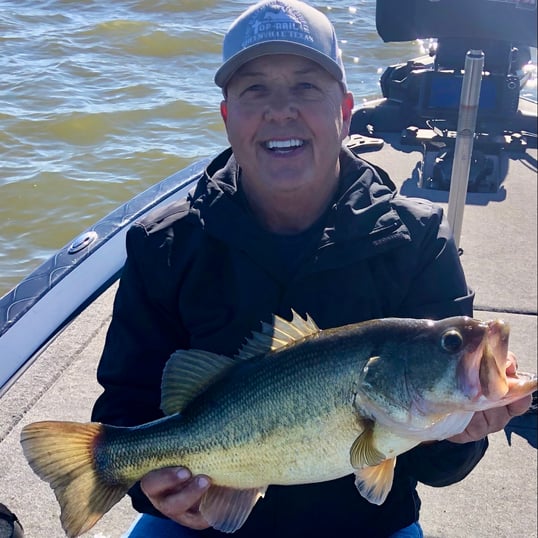
Largemouth Bass Virus Outbreak in Lake Fork
In 1999 Lake Fork suffered a big outbreak of LMBV causing a die-off of its coveted bass only a year after the same thing happen in Sam Rayburn Reservoir. The bass population was damaged and reports shared pictures of the shorelines covered in dead bass which left an impression on anglers. Thousands of floating dead bass and poor fishing the year following the outbreak left anglers stunned. Recovering the largemouth bass population back to what it was seemed unlikely and many anglers said it would never come back.
Lake Fork Fall Out
In the years following the outbreak, anglers struggled to catch the numbers and size of fish they had come to expect from the lake. This caused frustration, resentment, and an overall change in public opinion. The reputation of Lake Fork went from being a widely respected bass fishery to repeatedly disappointed anglers declaring the lake to be ruined. While the frustrated anglers blamed the virus for their poor results after a day of fishing, there were also a couple of other factors at play.
In 1998 Texas had just recovered from the drought and headed straight into another. This second drought started the year before the outbreak of LMBV on Lake Fork and lasted through the year following the fish kill resulting in unusually low water levels. Low water levels lead to higher water temperatures, reduced habitat, low oxygen, and an array of other consequences that stress fish.
Lake Fork had miles of hydrilla carpeting the surface and shallows providing cover for giant bass. Hydrilla is an invasive aquatic plant that creates grass beds which are also great for baitfish and keeping water temperatures down. Unfortunately at the same time the virus was killing fish and the drought was in full effect, the hydrilla and other vegetation started to die off changing the landscape of the lake.
While the LMBV killed off an estimated 4,800 bass, that’s not enough to cause the collapse of a 27,000-acre lake. The virus was most fatal to the bigger bass in the lake which explained some of the drops in average weight but it's more likely that the bass moved. With the drought dropping, water levels, and the vegetation dying off the bass and baitfish had to move to adapt to their quickly changing environment. With the bass feeding in places anglers weren’t expecting them to be, catch rates dropped and frustration went through the roof.
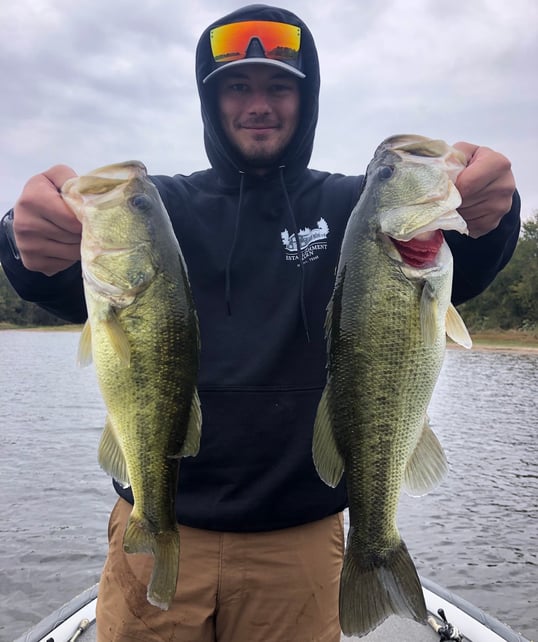
Lake Fork Recovery
In the years following all of the rapid changes to the lake the average largemouth bass weight and catch rates climbed back as anglers and the fish adjusted. Anglers were back to catching big fish and tournaments on the lake were successful. By 2004 the key statistics that track the health and size of largemouth bass in the lake had returned to their former levels and even began to exceed them. Some anglers were still scarred from a few years of bad fishing but things had turned around. Unfortunately, the situation took a nosedive in 2010 as Texas headed into another severe drought.
Lake Fork Relapse
Only six years after the bass recovered, Lake Fork got hit with the worst drought in its history. The drought lasted five years going from 2010 to 2015 and dropped the water level to its lowest points since the lake was created. The shallows dried up quickly leaving exposed lake beds where plants now grew on land instead of submerged grass flats. All of the negative effects of the drought as previously mentioned were at play and more severe than ever. The prized largemouth in Lake Fork was beggining to decline due to the poor conditions and again anglers took note.
Mixed Results
As the lake began to fill back up again in 2015 and 2016, the exposed shorelines were submerged and the bass was able to find new territory. With the shorelines covered in vegetation now flooded, the underwater habitat and cover came back strong thanks to the New Lake Effect. Biologists did see a slight population drop in fish across the board during the drought and years shortly after the water levels returned to normal.
With exceptional cover for baby fish, the bass population quickly recovered from the slight dip but anglers were still frustrated by poor results. The drought forced the bass to move then as the lake filled and had more vegetation than ever, the bass moved again. Having bass move and spread out over hundreds or thousands of acres of new habitat made them hard to locate. This is was likely the cause of poor catch rates on the lake shortly after its comeback and not the slight population drop. As the fish and anglers settled into the new environment catch rates skyrocketed but the bass were small. Similar to 1999 the biggest bass were the most affected and took the longest to recover.
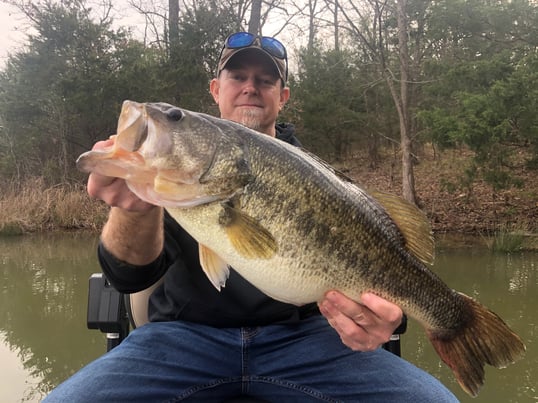
Is Lake Fork Back?
By 2017 population surveys showed the bass population had recovered and held consistent while the size was slowly increasing thanks to the 16-24” slot limit. As of 2021, Lake Fork produced 55 share lunker entries and was named the Number One Bass Fishery in the United States by Bassmaster Magazine. Tournaments on the lake continue to produce giants at weigh ins and the fishing might be better than ever. Is Lake Fork back? I’d say so.
Joey Butrus
Updated on August 2, 2023

March 8, 2022

January 7, 2022
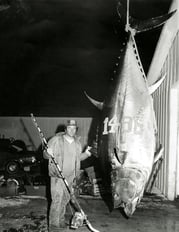
June 3, 2021

October 26, 2020

January 19, 2021
Related Articles
August 14, 2022
April 20, 2023
August 11, 2022
Featured Locations
- Fishing Charters Near Me
- Austin Fishing Guides
- Biloxi Fishing Charters
- Bradenton Fishing Charters
- Cabo San Lucas Fishing Charters
- Cancun Fishing Charters
- Cape Coral Fishing Charters
- Charleston Fishing Charters
- Clearwater Fishing Charters
- Corpus Christi Fishing Charters
- Crystal River Fishing Charters
- Dauphin Island Fishing Charters
- Daytona Beach Fishing Charters
- Destin Fishing Charters
- Fort Lauderdale Fishing Charters
- Fort Myers Fishing Charters
- Fort Walton Beach Fishing Charters
- Galveston Fishing Charters
- Gulf Shores Fishing Charters
- Hatteras Fishing Charters
- Hilton Head Fishing Charters
- Islamorada Fishing Charters
- Jacksonville Fishing Charters
- Jupiter Fishing Charters
- Key Largo Fishing Charters
- Key West Fishing Charters
- Kona Fishing Charters
- Lakeside Marblehead Fishing Charters
- Marathon Fishing Charters
- Marco Island Fishing Charters
- Miami Fishing Charters
- Montauk Fishing Charters
- Morehead City Fishing Charters
- Naples Fishing Charters
- New Orleans Fishing Charters
- New Smyrna Beach Fishing Charters
- Ocean City Fishing Charters
- Orange Beach Fishing Charters
- Panama City Beach Fishing Charters
- Pensacola Fishing Charters
- Pompano Beach Fishing Charters
- Port Aransas Fishing Charters
- Port Orange Fishing Charters
- Rockport Fishing Charters
- San Diego Fishing Charters
- San Juan Fishing Charters
- Sarasota Fishing Charters
- South Padre Island Fishing Charters
- St. Augustine Fishing Charters
- St. Petersburg Fishing Charters
- Tampa Fishing Charters
- Tarpon Springs Fishing Charters
- Venice Fishing Charters
- Virginia Beach Fishing Charters
- West Palm Beach Fishing Charters
- Wilmington Fishing Charters
- Wrightsville Beach Fishing Charters
